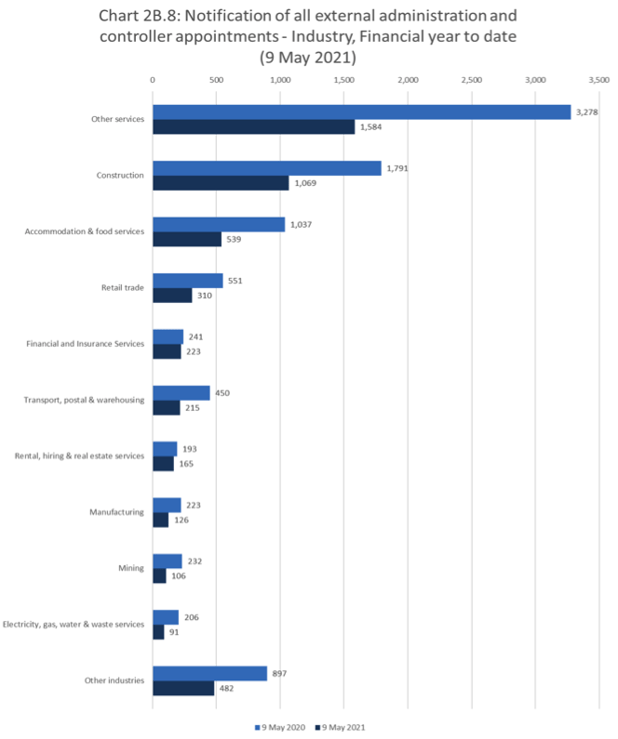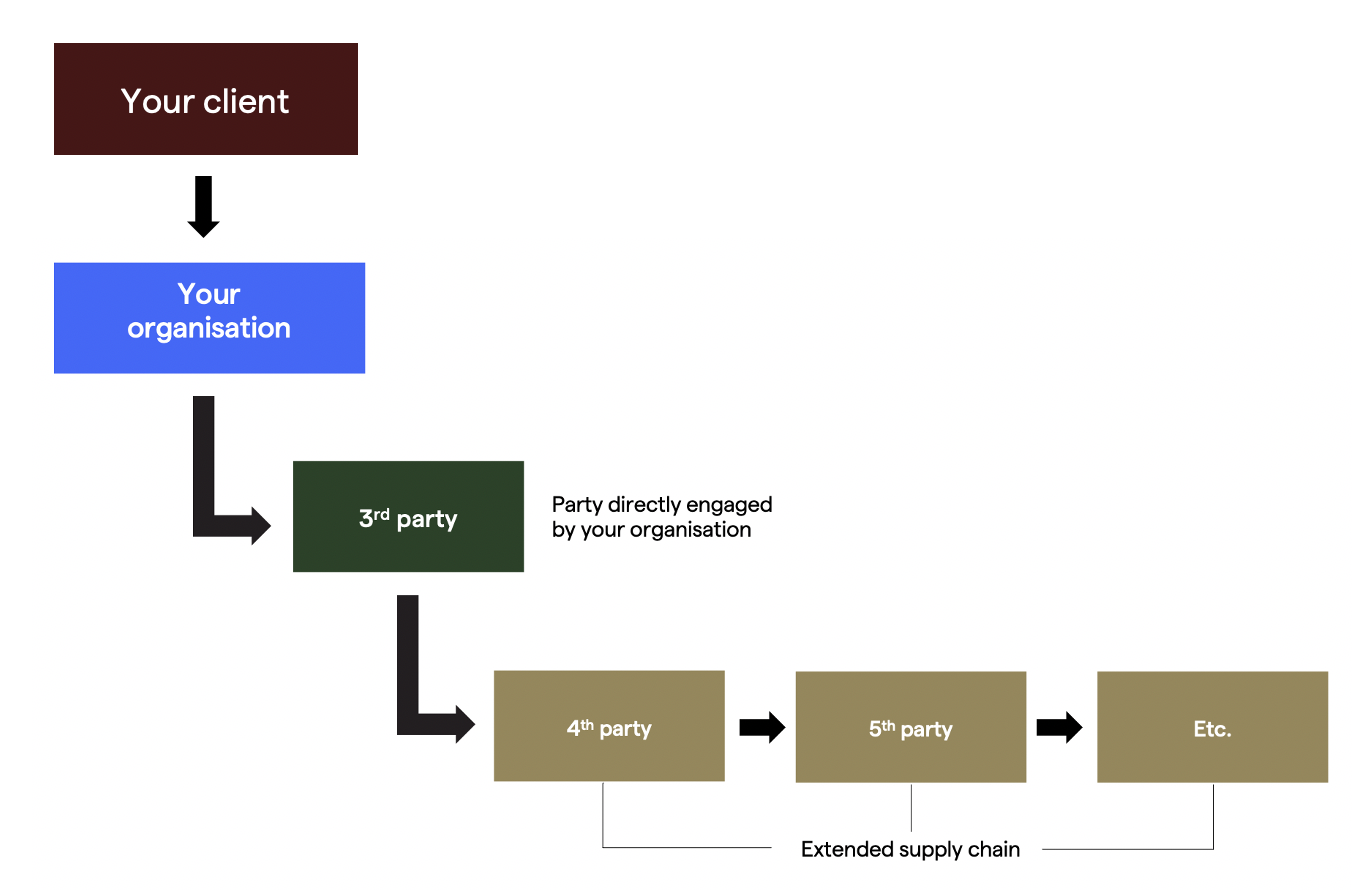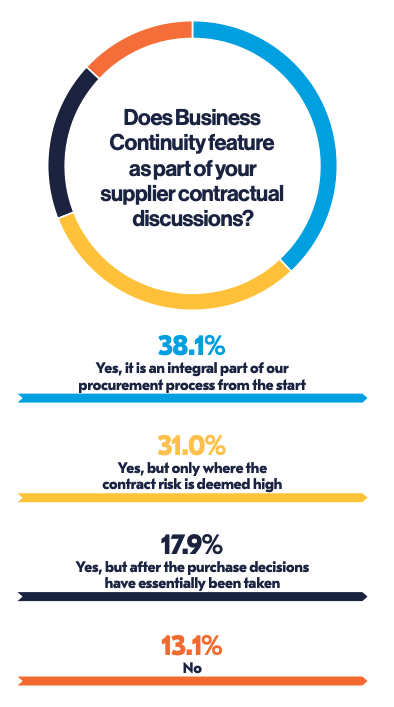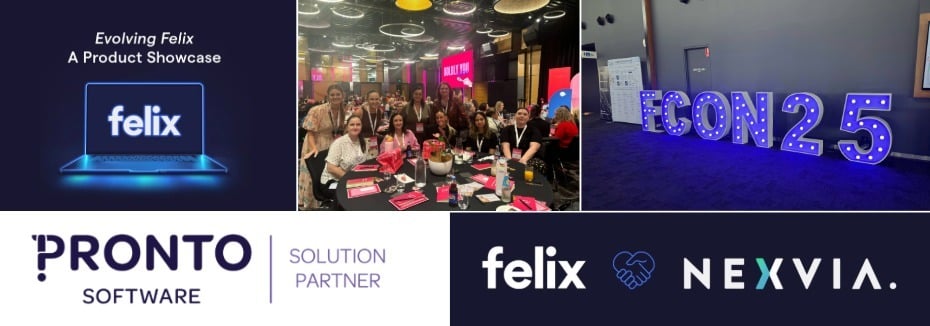Enterprise risk management is inherently about preparing for and mitigating both known and unknown risks. COVID-19 used to be an unknown risk – or a black swan event. Now, it’s morphed into a semi-business-as-usual situation where some risks can actually be predicted, whilst some are still lurking quietly.
In this article, we want to look at the process of managing vendors from two angles. See if it screams “risky business” as you read.
Your supplier’s business continuity is your business continuity
As supply chains become more complex and global, with multiple dependencies in their network spread across multiple parties and along multiple tiers, there is an inherent risk of the weakest link breaking the chain, causing a disruption to business continuity.
Case in point: when the UK’s second largest construction company – Carillion - unexpectedly collapsed in 2018, the ripple effects quickly left many other firms in dire straits. Notably, one of its suppliers – Vaughan Engineering – went into liquidation two months after, costing the supply chain more than £9 million in unpaid bills.
Closer to home, factors such as the “race to the bottom,” COVID-19, and unreasonable risk sharing between procuring parties and tenderers, have heaped stress on the construction industry. In fact, construction has the second highest level of insolvency despite being the third biggest GDP contributor (ABS, 2021).

Insolvencies rate by industry. Source: ASIC
Although there are fewer insolvencies this year, commentators have warned that when government support ends, the picture would be different again.
All the above goes to show that the risks can come from those up or down the contractual chain (i.e. your client or your subcontractor). Organisations tend to have less visibility as it gets further down the supply chain. And it’s not just financial stability that you have to look for in a partner.

|
Could this happen to you? Domino effect scenarios:
|
Our upcoming research paper provides benchmarking insights to help with vendor risk management best practices in construction & related sectors. Register to be notified when it’s published.
Although business continuity has become a pressing issue, just 1 in 6 organisations carry out due diligence on all key suppliers’ business continuity plans at the procurement stage.
In addition, the number of companies that did not mention business continuity in supplier contractual discussions or only did so after the purchase decision remains around 31% (Supply Chain Resilience Report 2021).
 Source: The Business Continuity Institute
Source: The Business Continuity Institute
Is there such a thing as over-dependence on vendors?
There is a tendency to buy things in bundles to take advantage of better pricing – just as in the consumer goods’ world. Generally, there are two procurement strategies deployed to deliver economies of scope and scale for buyers and suppliers respectively.
|
Definition box – Procurement strategies Bundling: The grouping together of demand for diverse but related requirements into one package. This usually results in buying from a single vendor. |
The benefits of such strategies are obvious, including lower prices, lower transactional costs, and less admin work related to managing multiple suppliers. However, there are hidden risks that if not managed well, could result in higher prices, among other undesirable long-term effects.
From a financial perspective:
- Consolidation of your supplier base can result in power being shifted to the select few – who may exploit their positions and increase prices
- There is a point of diminishing returns from economies of scale
From an operational perspective:
- Possibility of sub-optimal service delivery due to bundled services not being core capabilities of the supplier. Or they outsource those services which has a degree of risk
- Locking out innovators and more agile or local suppliers who can deliverstronger value in the long run
- Business continuity issues if something drastic happens to the key supplier(s)
From a reputational perspective:
- Not having a diverse pool of suppliers may affect the ability to compete for work from government agencies, who have sustainability quotas – or even the organisation’s ability to meet its own sustainability goals
- For government bodies, favouring single suppliers may contravene the Competition and Consumer Act 2010
Vendor risk management in construction
Industries that rely heavily on subcontractors and have dynamic supply chains like construction face unique challenges.
As we’ve examined throughout this blog series, some risk topics are highly visible and obvious. Others much less so.
It’s never more important to take a holistic approach to third-party risk management. Our upcoming research white paper aims to arm you with the data and analysis to put things into perspective, and hopefully, to inspire change.
Want to know when it’s published? Register here to be notified.

Recent Articles
2025 in review: Milestones, insights and achievements
2025 – a year of that brought meaningful developments for Felix as we continue to address the evolving needs of organisations navigating complex supply-chain environments.
Top 10 reasons for a centralised vendor database
As organisations grow, so does the complexity of managing vendor relationships. Many still rely on spreadsheets or siloed systems, which can lead to inefficiencies, data inconsistencies, and compliance risks. A centralised vendor database offers a smarter, more scalable solution that brings structure, visibility, and control to procurement operations.
Here are the top 10 reasons why centralising your vendor data is a strategic move.
Five ways poor contract storage could be costing your organisation money
Contracts are the backbone of every business relationship – legally binding documents that define expectations, responsibilities, and value.
But what if the way your organisation stores those contracts is quietly costing you money?
Let's stay in touch
Get the monthly dose of supply chain, procurement and technology insights with the Felix newsletter.






